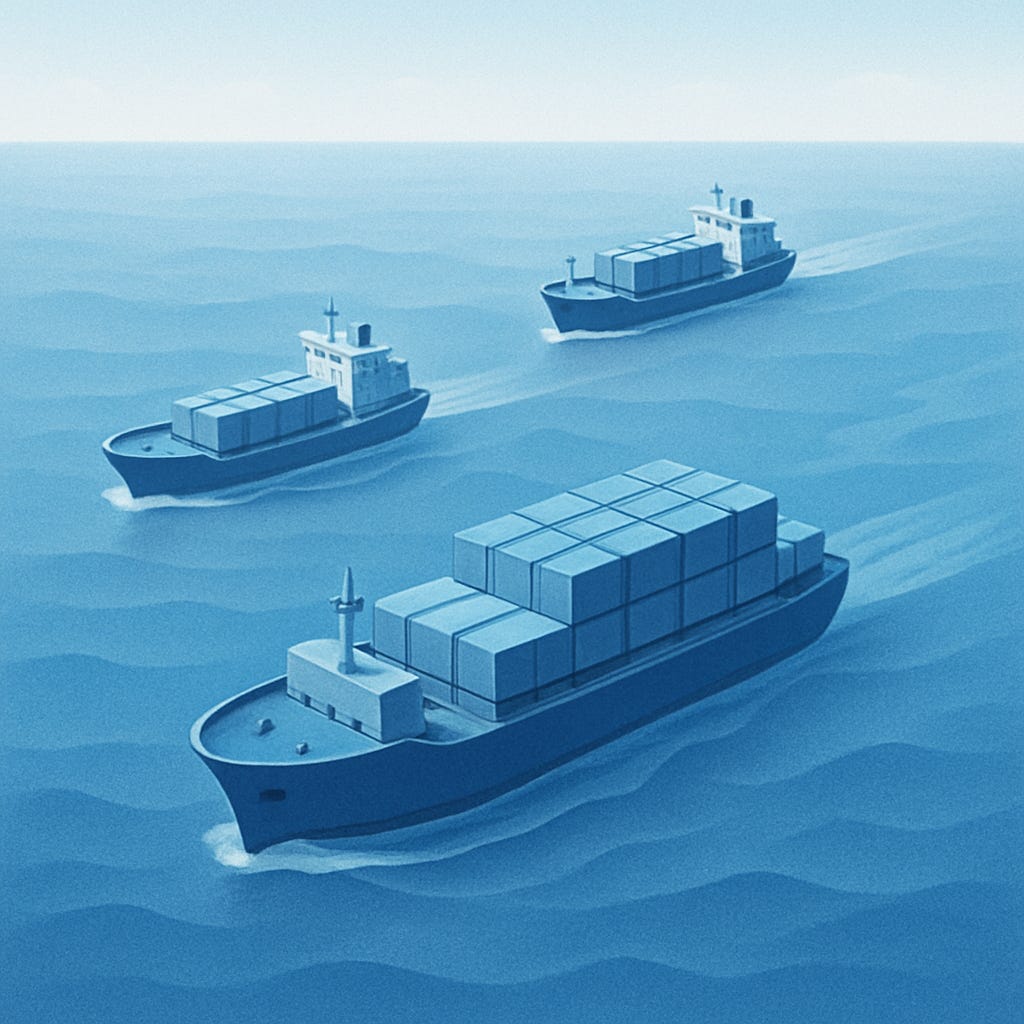Trade Deals That Cost Us More
Why These New Agreements Hurt American Consumers and Businesses
The Administration has heralded a series of new trade agreements as “wins” for the American economy. After finalizing trade terms with Japan, the President triumphantly announced: “Japan’s Markets are now OPEN (for first time ever!). USA BUSINESSES WILL BOOM!”
It’s a nice soundbite, but the reality is far less celebratory. Behind the fanfare lies a stunning truth: these so-called “trade deals” are actually a massive tax hike on American consumers and businesses. The White House may call it market access, but what we’re really getting is market restriction.
Rather than negotiating mutually beneficial tariff reductions, these agreements have instead carved out politically targeted protections for select sectors while hiking duties on a wide array of imports.
A Hidden Tax on Imports
Let’s look at the numbers. In 2024, Americans paid a relatively low average tariff of about 3.3 percent on goods from several key trading partners. That included $77 billion worth of imports from the United Kingdom, $148 billion from Japan, and $137 billion from Vietnam. Under the new trade arrangements, however, tariff rates on goods from our closest trading partners are being raised dramatically.
My quick back-of-the-envelope calculation suggests that a 10 percent tariff on U.K. imports alone would amount to a $5.2 billion annual tax hike on Americans. A 15 percent tariff on Japanese goods adds another $17.3 billion. And slapping a 19 percent tariff on imports from Vietnam would cost Americans another $21.5 billion per year. Altogether, these new trade “deals” would increase the annual tax burden on Americans by over $44 billion. This will not be paid by foreign producers, but by domestic firms at the port and by shoppers at the register.
The Myth of “Opening Markets”
The administration’s messaging is clear: these agreements will “open” foreign markets to U.S. businesses. But let’s be honest, Japan, the U.K., and Vietnam have long been major trading partners with relatively open markets. The true effect of these deals is to make imports more expensive for Americans by replacing lower tariffs with much higher ones.
This is not trade liberalization. Its protectionism rebranded. And it contradicts decades of economic understanding about the benefits of free trade. If anything, these moves are more about serving narrow political interests than promoting prosperity.
How Businesses Get Hit Twice
This isn’t just a consumer issue. About half of the goods affected by these new tariffs are intermediate goods—inputs that American firms use to manufacture products domestically like steel or lumber. According to BEA data from 2024, 29 percent of goods imports are capital goods, while 21 percent are industrial supplies and materials.
When you slap a 10, 15, or 19 percent tax on those inputs, you do more than raise prices. You raise production costs that squeeze producers and undermine their ability to compete with other firms. These tariffs will ripple through American supply chains, making it harder for businesses of all sizes to stay afloat.
Far from helping U.S. businesses “boom,” these trade deals will likely have the opposite effect. For consumers, prices on finished goods will be higher. For firms, output will be reduced in sectors reliant on global inputs. These tariffs will also encourage offshoring as firms seek lower-cost production abroad.
Consider a small U.S. auto parts manufacturer that sources precision components from Japan and Vietnam. A 15–19 percent tariff on those inputs might be the difference between staying competitive or closing shop. These aren’t abstract numbers, they are make-or-break costs for real businesses employing real Americans.
The new “deals” with Indonesia and the Philippines are cut from the same cloth. Buried beneath slogans of partnership and access are hidden costs that American families and producers will bear.
These agreements are not about mutual benefit or expanding global trade, they are about restricting trade, raising revenue through backdoor taxes, and handing out favors to politically protected industries. They represent a return to the failed mercantilist thinking that trade is a zero-sum game, where our gains must come from others’ losses.
We’ve seen this all before. The Smoot-Hawley Tariff Act of the 1930s helped deepen the Great Depression. More recently, the steel and aluminum tariffs of 2018 led to job losses in downstream industries and higher costs for U.S. manufacturers. Protectionism doesn’t make America stronger; it makes it poorer and less resilient.
The Cost of a Misguided Trade Agenda
If the administration truly wanted to help American consumers and businesses, it would eliminate barriers to trade, not raise them. It would unilaterally reduce tariffs, embrace openness, and let Americans buy and sell on the global market without political interference.
Instead, under the guise of new trade deals, it has delivered a sweeping tax increase on essential goods and inputs. The result? A more expensive, less efficient economy that punishes the very people it claims to help.
These aren’t trade victories—they’re policy failures, and ultimately, it is Americans who will keep paying the price.


